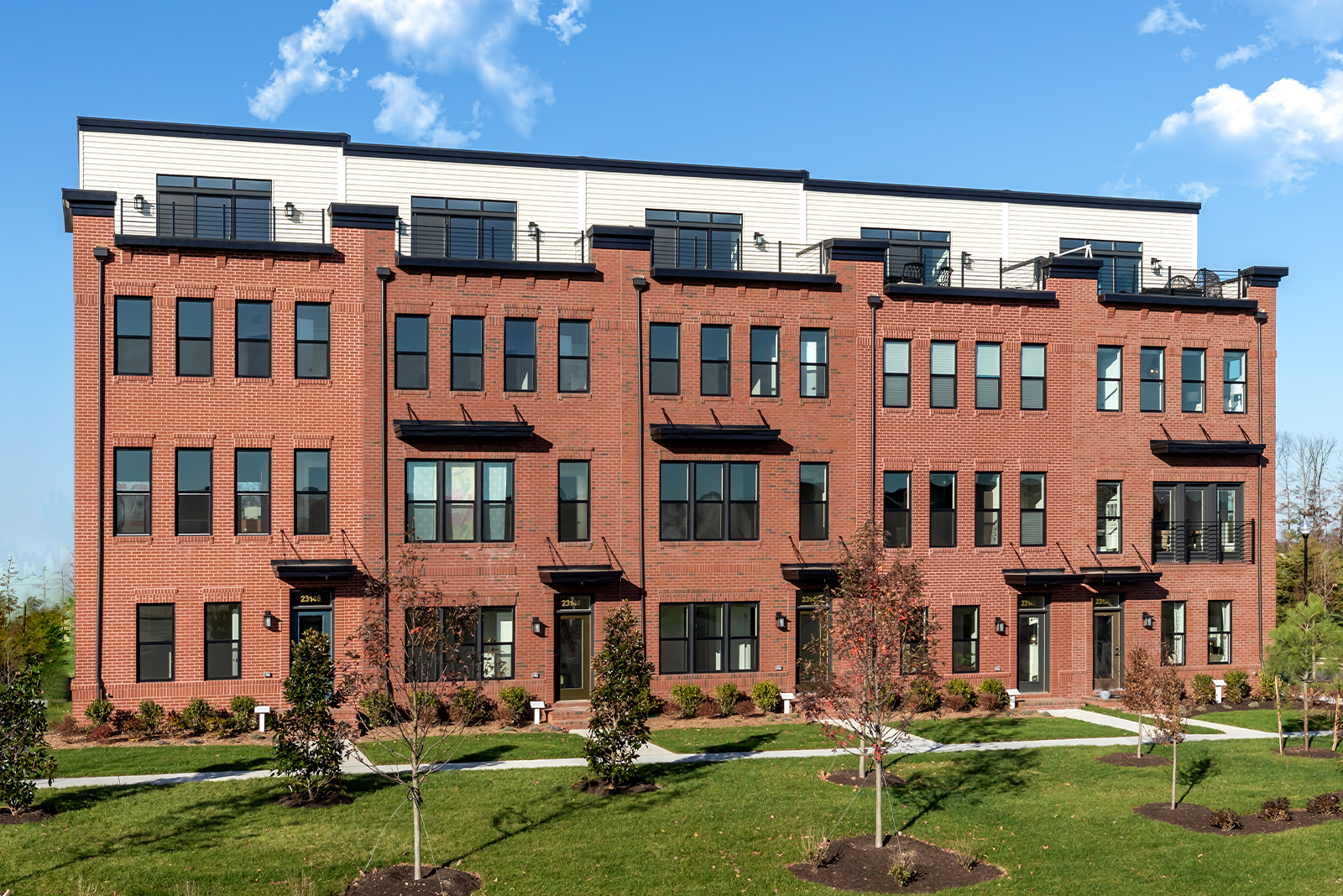Data shows that the United States has more immigrants than any other country, with 17 percent of the workforce in the country being foreign-born. One of the most common ways to become permanent US residents is through employment.
As a foreign resident, you can obtain an employment green card if you get a job offer from a US national or prove to possess extraordinary ability. You should note that most foreigners who obtain permanent residency start with a temporary visa that they can renew.
Permanent employment-based green cards allow foreigners to become permanent US residents. Each fiscal year, the US government grants approximately 140,000 employment visas to immigrants and families.
So, how exactly do you obtain an employment-based visa? The US Department of immigration has five categories through which it issues these green cards to immigrants and their families. The categories are based on individual experience, skills, and abilities. “If you or a loved one would like to apply for an immigration work permit you can reach out to an immigration work permit lawyer for assistance,” says Solano Law Firm.
EB-1: People of Extraordinary Ability
This is the first category and deals with people with some ability, as can be inferred from the name. There are three subcategories as listed below:
Multinational Executives and Managers
Multinational executives and managers have received a job offer from an American employer that has operated in the country for at least one year. Note that this subcategory requires a job offer.
Professors and Researchers
A good example is a tenure track where a professor is offered permanent employment at a US university.
People With General Extraordinary Abilities
This category does not require a job offer. Applicants simply have an extraordinary ability recognized in different niches.
EB-2: Advanced Degree Holders
This category comprises the largest number of immigrants eligible for permanent residents in the United States. Moreover, temporary visa holders with advanced degrees are also eligible for an EB-2 green card.
This category comprises three different subcategories as listed below:
Advanced Degree Holders and/or Relevant Experience
This subcategory includes applicants with a master’s, doctorate, or a bachelor’s degree with relevant professional experience.
Exceptional Ability
Here, no degree is required, all you need is to show an exceptional ability in either arts, science, or business.
National Interest Waiver
Under this category, permanent green cards are offered to immigrants whose work is considered the United State’s interest. It does not matter whether the ability is extraordinary or not. It must have “substantial merit and national importance” and be of benefit to the United States.
EB-3: Skilled Workers. Professionals or Other Unskilled Workers
This category covers individuals with different levels of education, skills, and competencies. Below are the subcategories EB-3:
Skilled Workers
To qualify for this category, your employer needs to provide proof that there is no labor force to handle the work you will be doing. You should have two years of post-secondary education, training, or experience at the minimum.
Professionals
This category is pretty much the same as the previous one, with the only difference being the requirement of a bachelor’s degree.
Other (Unskilled)
Here, the work you will do must be full-time, and you will also need labor certifications same as the previous two categories. Work that requires less than two years of training is unskilled.
EB-4: Certain Special Immigrants
This category is broad and covers certain special immigrants, such as religious workers. This category includes individuals eligible for permanent resident status based on categories on the Immigration and Nationality Act (INA).
Eb-5: Immigrant Investors
This category comprises foreign investors in new commercial businesses that would provide avenues for job growth in the US. Qualification for permanent resident status under this category requires a substantial capital dollar investment and job growth for US citizens.
Conclusion
Above are some of the categories of immigrants eligible for permanent US citizenship. You can analyze them and determine where you fall, or better still, you can strive to meet the qualifications mentioned above to become a green card holder.






